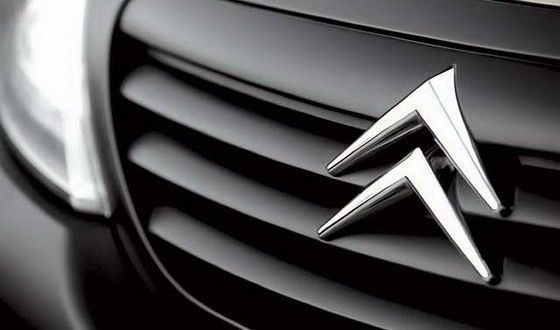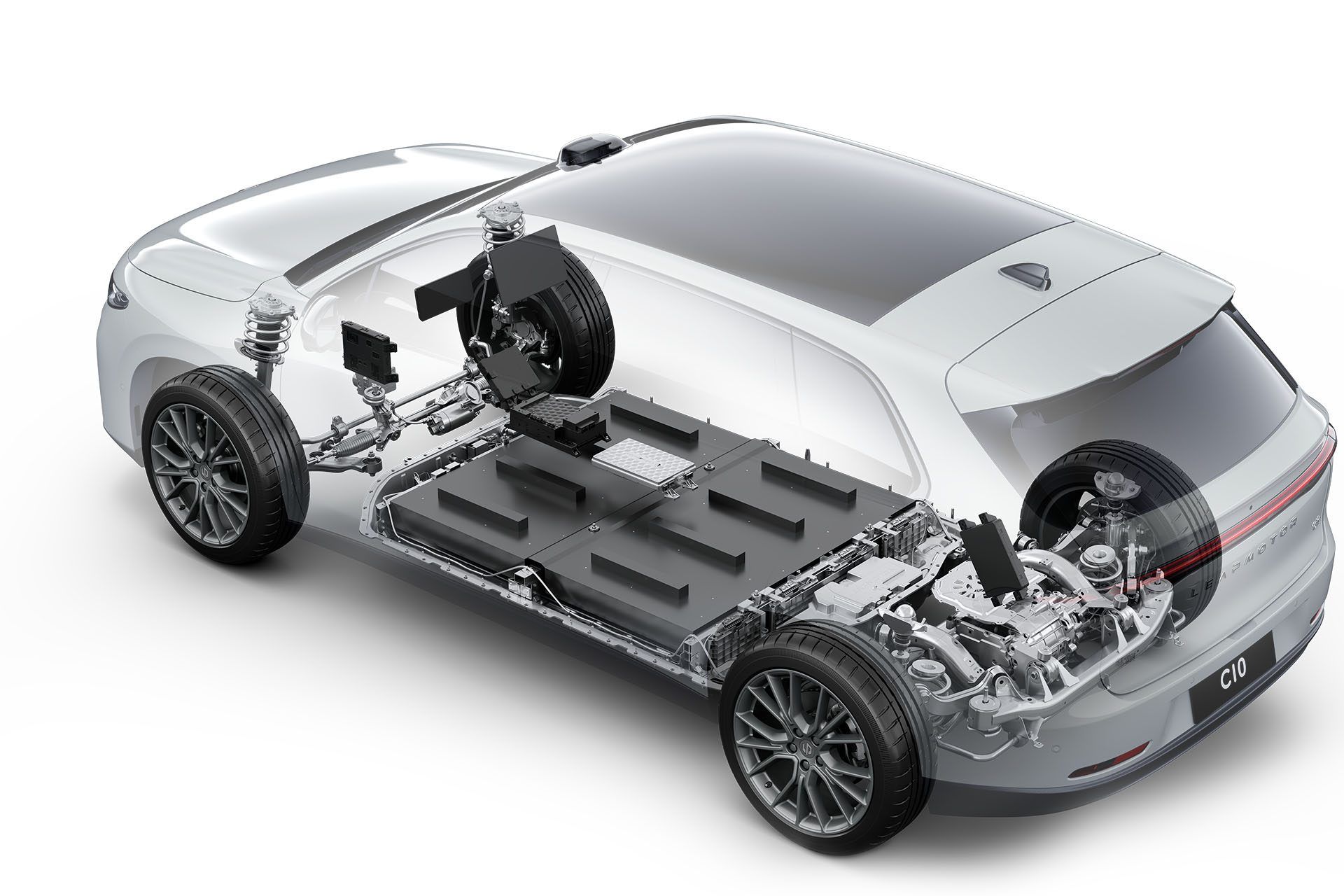Citroën Bids Adieu to Australia After 101 Years
No More New Car Sales After November 2024.

After more than a century, the iconic French automaker Citroën is set to exit the Australian market, marking the end of an era for the brand down under. Citroën, known for its unique design and innovative engineering, will cease all new car sales in Australia after November 2024, bringing a chapter of automotive history to a close.
A Century-Long Journey
Citroën first entered the Australian market in the 1920s, quickly establishing itself as a brand that embodied European flair and cutting-edge technology. Over the decades, Citroën became synonymous with pioneering automotive design, introducing models that challenged the norms of conventional car design. From the avant-garde DS series to the quirky 2CV, Citroën cars have always stood out on Australian roads.
However, despite its rich heritage, Citroën has struggled to maintain a strong foothold in the Australian market in recent years. With the rise of global automotive giants and the increasing preference for SUVs and trucks among Australian consumers, Citroën's market share has steadily declined. The brand's distinctive yet niche appeal struggled to resonate with the broader market, leading to dwindling sales and a shrinking dealer network.
The Decision to Exit
The decision to cease operations in Australia was not taken lightly. Citroën's parent company, Stellantis, has been undergoing a global restructuring process, focusing on optimizing resources and improving profitability. As part of this strategy, Stellantis has been reassessing the viability of its brands in various markets, and unfortunately, Australia did not make the cut for Citroën.
According to reports, the decision is driven by the brand's inability to achieve sustainable growth in Australia. Despite efforts to revitalize its lineup and expand its dealer network, Citroën's sales figures remained underwhelming, making it difficult to justify continued investment in the region.
Impact on Customers
For existing Citroën owners in Australia, the departure raises concerns about ongoing support and service. Stellantis has assured customers that parts, servicing, and warranty support will continue to be available through its dealer network, even after new car sales cease. However, the exit will likely lead to a contraction in the availability of parts and services over time, as the brand's presence diminishes.
The departure of Citroën from Australia also means that enthusiasts and fans of the brand will have limited options for acquiring new models. While the second-hand market will remain active, the lack of new models could lead to a scarcity of certain parts and accessories, making ownership of classic Citroëns potentially more challenging.
Looking Forward
Citroën's exit from Australia is a reflection of the broader challenges faced by niche automotive brands in a highly competitive global market. As consumer preferences evolve and the industry shifts towards electrification and digitalization, automakers are being forced to make tough decisions about where to allocate resources and focus their efforts.
For Australia, Citroën's departure marks the loss of a brand that brought a touch of European elegance and innovation to the local market. While it may be the end of an era, Citroën's legacy will live on in the memories of those who appreciated its unique approach to car design and engineering.
As the Australian automotive landscape continues to evolve, the departure of Citroën serves as a reminder of the ever-changing nature of the industry. It highlights the importance of adaptability and the need for brands to stay attuned to the demands of the market. While Citroën's time in Australia may be coming to an end, its impact on the country's automotive history will not be forgotten.








